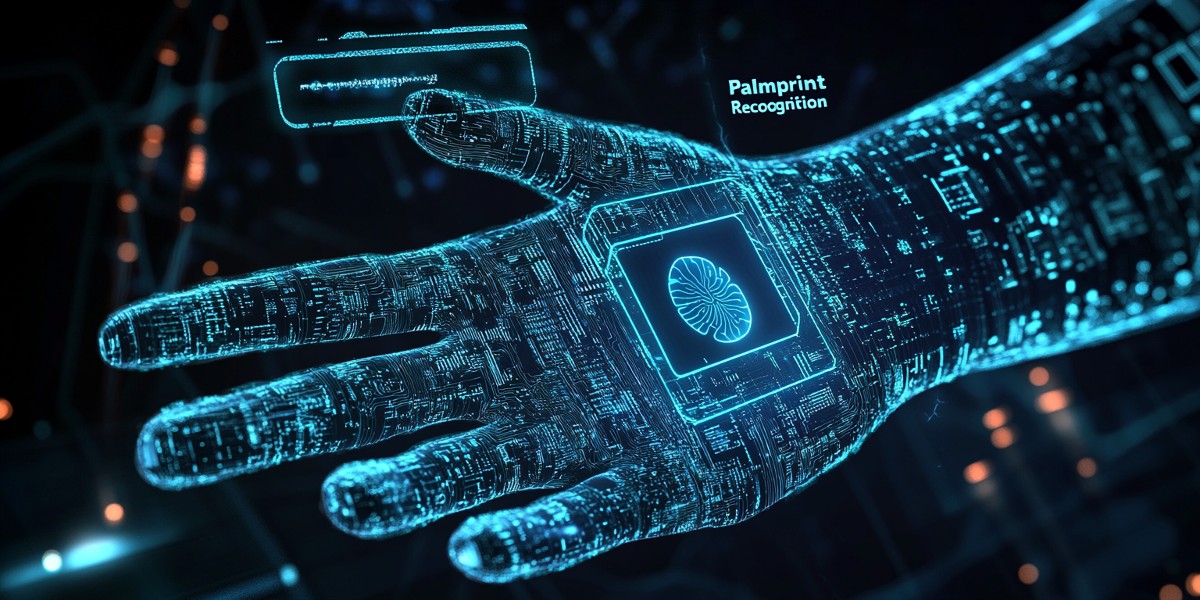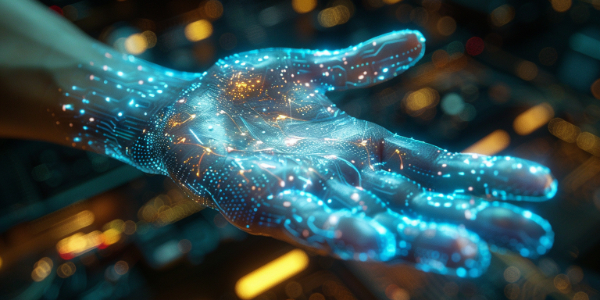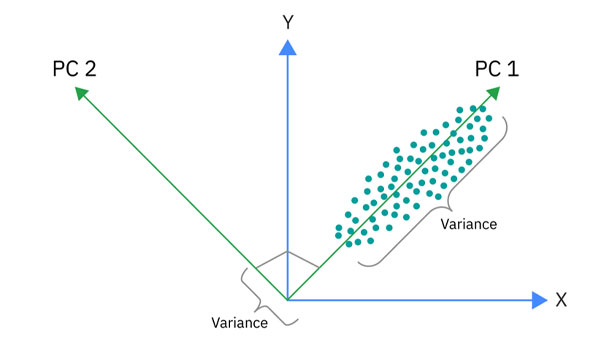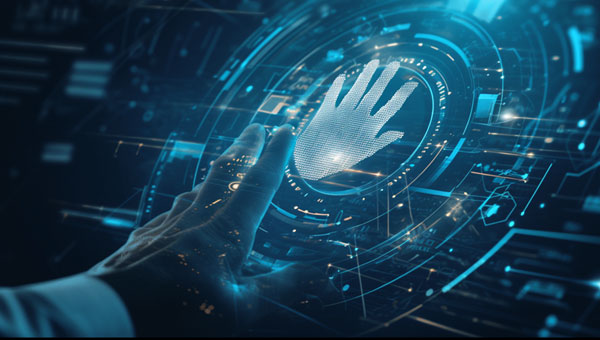Title: Enhancing Cybersecurity with Palmprint Recognition and Palmpass Solutions
Explore how Palmpass integrates palmprint recognition into cybersecurity, the importance of cybersecurity certification, and how to prepare for cybersecurity jobs and interviews. Discover the future of digital security with Palmpass.
In the rapidly evolving field of cybersecurity, ensuring the security of sensitive information is paramount. Palmpass, a leader in biometric technology, offers cutting-edge solutions that integrate palmprint recognition to enhance cybersecurity. As digital threats continue to grow, the demand for professionals with cybersecurity certification and expertise in cybersecurity jobs is also increasing. This article explores the role of palmprint recognition in cybersecurity and provides insights into preparing for cybersecurity interview questions.

Palmprint recognition is a biometric technology that identifies individuals based on the unique patterns found on their palms. Unlike other biometric methods such as fingerprint or facial recognition, palmprint recognition offers a high level of accuracy and security. Palmpass has been at the forefront of developing and implementing this technology, making it a critical component of modern cybersecurity frameworks.
As organizations strive to protect their digital assets, the need for skilled cybersecurity professionals is greater than ever. Cybersecurity jobs are in high demand, with roles ranging from security analysts to penetration testers. Obtaining a cybersecurity certification can significantly enhance your career prospects, equipping you with the knowledge and skills needed to tackle complex security challenges. Additionally, preparing for cybersecurity interview questions is essential for those looking to enter or advance in this field.
Palmpass's integration of palmprint recognition into cybersecurity solutions provides an additional layer of protection against unauthorized access. This technology is not only used for securing sensitive data but also plays a crucial role in verifying identities during critical security processes.










